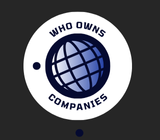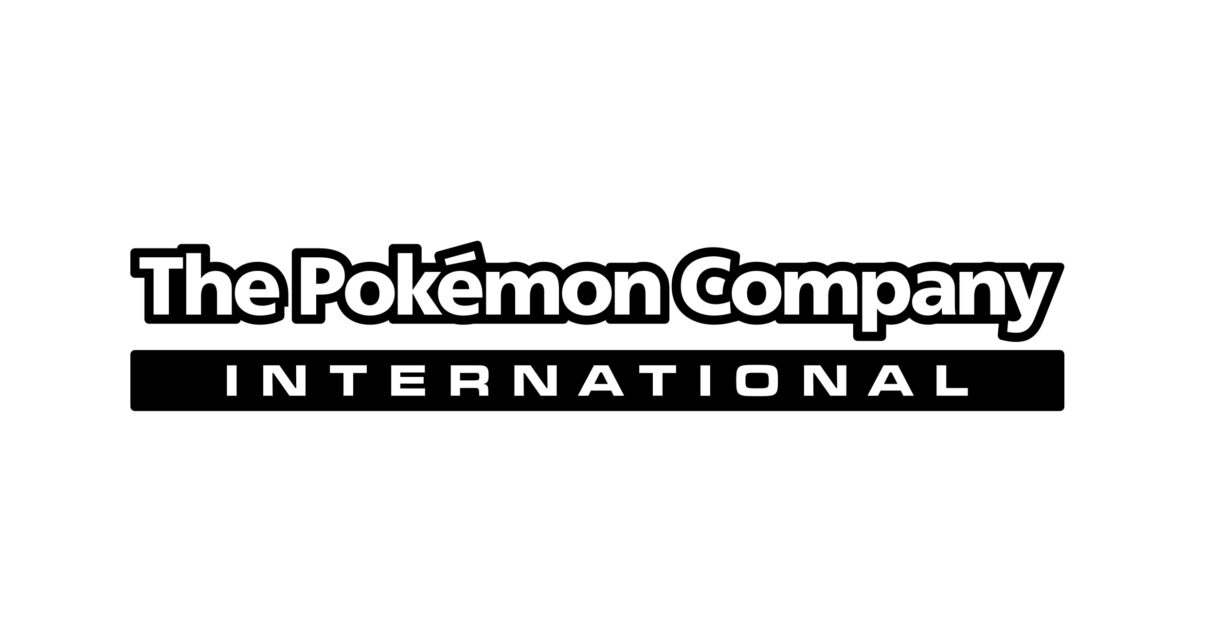In the vibrant world of gaming and entertainment, few franchises have captured the imagination of generations quite like Pokémon. From its humble beginnings as a Game Boy title in 1996 to a global multimedia empire spanning video games, trading cards, anime, and merchandise, Pokémon has become a cultural phenomenon. At the heart of this success lies The Pokémon Company, the entity responsible for overseeing the brand’s expansive universe. But who owns The Pokémon Company? This question often sparks curiosity among fans, investors, and industry observers alike. Understanding its ownership structure reveals a unique collaborative model that has fueled Pokémon’s enduring appeal. In this comprehensive guide, we’ll delve into the ownership details, the roles of key stakeholders, and how this setup has shaped the franchise’s trajectory—all while ensuring you get the most accurate, up-to-date insights as of September 2025.
If you’re searching for “who owns Pokémon” or “Pokémon Company shareholders,” you’ve come to the right place. This article breaks down the complex yet fascinating ownership dynamics, highlighting why The Pokémon Company remains a powerhouse in the entertainment industry.
The Origins of The Pokémon Company: A Joint Venture Born from Innovation
To grasp who owns The Pokémon Company today, we must first rewind to the late 1990s, when the Pokémon franchise was exploding in popularity. The story begins with Satoshi Tajiri, the visionary creator behind the concept of pocket monsters—creatures that players could capture, train, and battle. Tajiri founded Game Freak in 1989, a small development studio that initially focused on quirky Nintendo titles like Quint y and Mendel Palace. By the mid-1990s, Game Freak was deep into developing what would become Pokémon Red and Green, but financial strains threatened to derail the project.
Enter Tsunekazu Ishihara, a savvy businessman with a passion for gaming. Ishihara had previously collaborated with Game Freak on projects like Mario & Wario. Recognizing the potential in Pokémon, he founded Creatures Inc. (originally Ape Inc.) in 1995 and injected crucial funding into Game Freak. In exchange, Creatures secured a share of the intellectual property (IP) rights. Nintendo, the Japanese gaming giant, stepped in as the publisher for the Game Boy games, providing distribution muscle and additional investment. This trio—Game Freak for creative development, Creatures for technical support and merchandising, and Nintendo for publishing and global reach—laid the foundation for shared ownership.
In April 1998, these three companies established The Pokémon Center Co., Ltd., initially to manage the burgeoning chain of Pokémon-themed retail stores in Japan. The franchise’s rapid growth, however, demanded a more centralized approach. By October 2000, the entity rebranded to The Pokémon Company (TPC), expanding its mandate to encompass brand management, licensing, marketing, and production across all Pokémon media. Headquartered in Tokyo’s Roppongi Hills Mori Tower, TPC was designed as a joint venture to streamline operations that had become too vast for any single company to handle alone.
This collaborative birth is key to answering “who owns The Pokémon Company.” Unlike typical media conglomerates where one parent dominates, TPC operates as an equal partnership among its founders. Each company contributes unique strengths: Game Freak handles core game design, Creatures focuses on 3D modeling and the trading card game (TCG), and Nintendo ensures platform exclusivity and international distribution. This structure has preserved creative independence while maximizing commercial success.
Breaking Down Ownership: The Three Pillars of Pokémon
At its core, The Pokémon Company is owned equally by Nintendo Co., Ltd., Game Freak, Inc., and Creatures Inc., with each holding approximately one-third of the shares. However, nuances in stakes and additional investments add layers to this arrangement. Public filings and industry analyses confirm that Nintendo maintains a 32% voting stake in TPC, slightly edging out the others due to its broader influence. Game Freak and Creatures each hold around 32-33%, ensuring no single entity has outright control. This balanced governance requires consensus for major decisions, fostering a harmonious yet deliberate decision-making process.
Nintendo’s role extends beyond shares. As the sole owner of Pokémon trademarks outside Japan, the Kyoto-based giant wields significant leverage in global licensing and publishing. Nintendo also holds a minority stake (around 10-20%, though exact figures are undisclosed) in Creatures Inc., further solidifying its position without tipping into majority control. Game Freak, the smallest of the trio with about 30 employees dedicated to Pokémon, retains veto power over creative elements, safeguarding the franchise’s artistic integrity. Creatures, with its expertise in card game mechanics and animation, bridges the gap between digital and physical products.
This tripartite ownership is enshrined in every Pokémon product’s copyright notice: “©Nintendo, ©Game Freak, inc., ©Creatures Inc.” Since 2001, TPC has centralized licensing under “©Pokémon,” but the underlying rights remain split. A brief historical footnote: In 2001, U.S. firm 4Kids Entertainment acquired a 3% stake for merchandising rights in the West, but sold it back to the trio in 2005 for $960,000 amid operational disputes. No such dilutions have occurred since, preserving the original structure.
As of 2025, this model shows no signs of fracture. Recent financials underscore its stability: TPC reported ¥297.51 billion in revenue for fiscal year 2023, with operating income of ¥62.7 billion. Projections for 2024-2025 suggest continued growth, driven by mobile hits and TCG expansions, proving the joint venture’s resilience.
The Role of Subsidiaries: Global Reach Under TPC’s Umbrella
While the parent company steers the ship, its subsidiaries extend Pokémon’s tentacles worldwide. The Pokémon Company International (TCI), established in 2001 as Pokémon USA and later merging with Pokémon UK, handles operations outside Asia. Based in Bellevue, Washington—with a major headquarters relocation to a 16-story high-rise in January 2025—TCI manages localization, marketing, the English TCG, anime distribution, and the official Pokémon website. TCI operates autonomously but reports to TPC, ensuring brand consistency.
Other key subsidiaries include Pokémon Korea (since 2006), Pokémon Center Co., Ltd. (managing Japan’s 11 Pokémon Center stores), and ventures like Pokémon Singapore and Pokémon Shanghai. In April 2022, TCI acquired Millennium Print Group, a TCG card manufacturer, to bolster in-house production. Most recently, in March 2024, TPC partnered with ILCA to form Pokémon Works, a joint venture dedicated to future game development and support.
These arms amplify TPC’s influence without altering core ownership. For instance, while Niantic developed Pokémon GO (launched 2016), TPC and Nintendo share IP rights and revenue—though a 2025 shift saw Scopely acquire Niantic’s mobile portfolio for $3.5 billion, TPC retains oversight of the Pokémon elements.
How Ownership Shapes Pokémon’s Business Model and Future
The joint ownership model has profoundly influenced Pokémon’s strategy, blending creativity with commerce. Game Freak’s independence ensures innovative titles like Pokémon Legends: Z-A (slated for 2025), while Nintendo’s platform loyalty keeps games exclusive to Switch and future hardware. Creatures’ TCG dominance—generating billions annually—funds riskier ventures, like the cozy Pokémon Concierge anime on Netflix.
This setup mitigates risks: No single owner bears the full brunt of flops (e.g., Pokémon Unite‘s monetization backlash), and shared profits incentivize collaboration. Yet, it demands compromise; decisions like multi-platform rumors are quashed by Nintendo’s trademark control. Looking to 2025, expect announcements from the Pokémon Presents on February 27, including Pokémon Champions and the PokéPark KANTO amusement park opening in 2026. With over 1,000 Pokémon species and a fanbase spanning millennials to Gen Alpha, TPC’s structure positions it for sustained dominance.
Critics sometimes point to this opacity—exact share percentages aren’t public—as a veil for Nintendo’s de facto control. However, insiders like former Game Freak director Junichi Masuda (now TPC’s Chief Creative Fellow) describe it as a “friendship” built on mutual respect. In an industry rife with acquisitions (think Microsoft-Activision), TPC’s endurance is a testament to balanced stewardship.
Why Ownership Matters: Implications for Fans and Investors
For fans wondering “who owns Pokémon IP,” the answer underscores the franchise’s independence from any one titan. This protects against hostile takeovers and preserves the whimsical essence Tajiri envisioned. Investors eye TPC’s valuation—estimated at tens of billions—tied to Nintendo’s stock surges post-Pokémon GO. As Pokémon evolves with AR, metaverses, and live events like the 2025 World Championships, its owners’ synergy will dictate the next era.
In summary, The Pokémon Company is owned by Nintendo, Game Freak, and Creatures Inc. in a roughly equal joint venture, a model that’s propelled it to icon status. This isn’t just corporate trivia; it’s the blueprint for a franchise that “gotta catch ’em all”—including hearts worldwide.
References
- “The Pokémon Company.” Wikipedia. Accessed September 20, 2025. https://en.wikipedia.org/wiki/The_Pok%C3%A9mon_Company.
- “Who Owns Pokémon: Largest Shareholders.” Brands Owned By. May 17, 2025. https://brandsownedby.com/who-owns-pokemon/.
- “Who Owns Pokémon?” Game Informer. January 24, 2023. https://gameinformer.com/faq/2023/01/24/who-owns-pokemon.
- “History.” The Pokémon Company Official Website. Accessed September 20, 2025. https://corporate.pokemon.co.jp/en/aboutus/history/.

